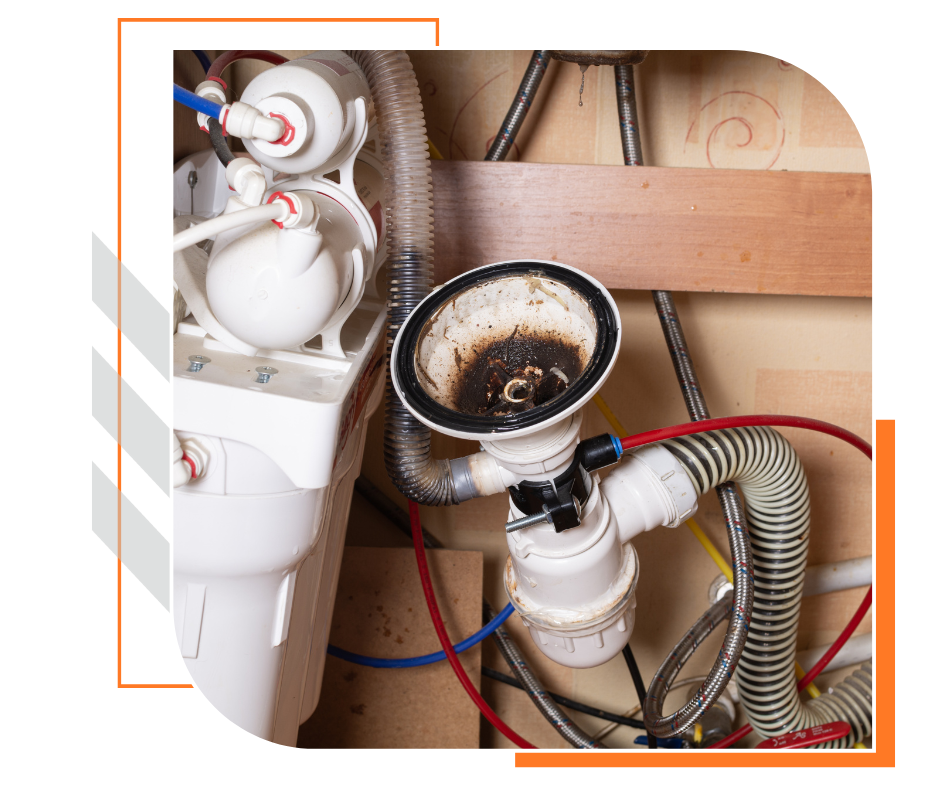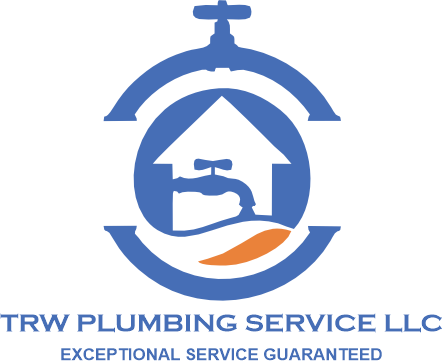DRAIN LINE CLEANING SERVICE
Frequency of Inspections:
- It's advisable to have regular inspections of drain lines to identify any potential issues before they escalate.
- The frequency may depend on factors such as the type of property (residential or commercial), the size of the plumbing system, and the usage patterns.
Signs that Inspection is Needed:
- Slow drainage: If water is draining slowly, it might indicate a partial blockage.
- Unpleasant odors: Foul smells emanating from drains could be a sign of buildup or blockage.
- Gurgling sounds: Strange noises during drainage could suggest a blockage.
Professional Inspection and Cleaning:
- Professional plumbers often use specialized tools and equipment to inspect drain lines.
- Drain cameras may be employed to get a visual assessment of the condition of the pipes.
- Hydro-jetting is a common method for cleaning drain lines, using high-pressure water to remove debris and buildup.
Preventive Measures:
- Avoid flushing non-biodegradable items down toilets and sinks.
- Use drain guards to catch hair and other debris.
- Regularly flush drains with hot water to help prevent buildup.
DIY Methods:
- Homeowners can use drain snakes or augers to clear minor clogs.
- Pouring a mixture of baking soda and vinegar followed by hot water can help in maintaining clean drains.
Importance of Timely Action:
- Addressing drainage issues promptly can prevent more significant problems like sewer backups.



